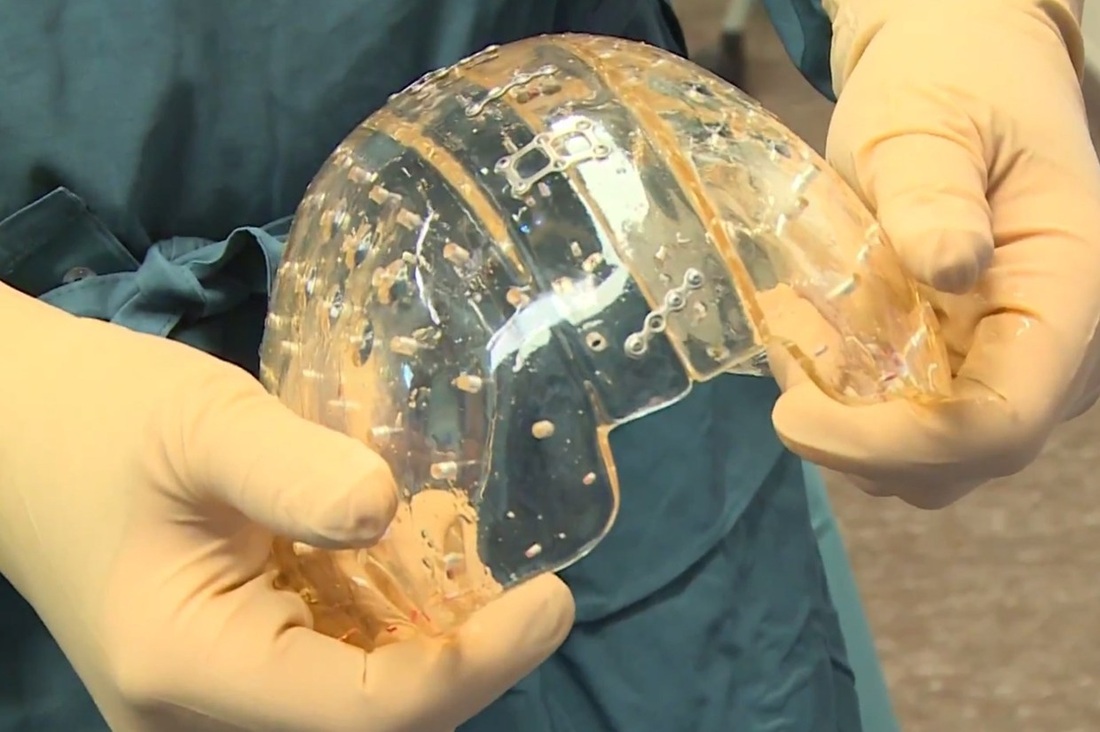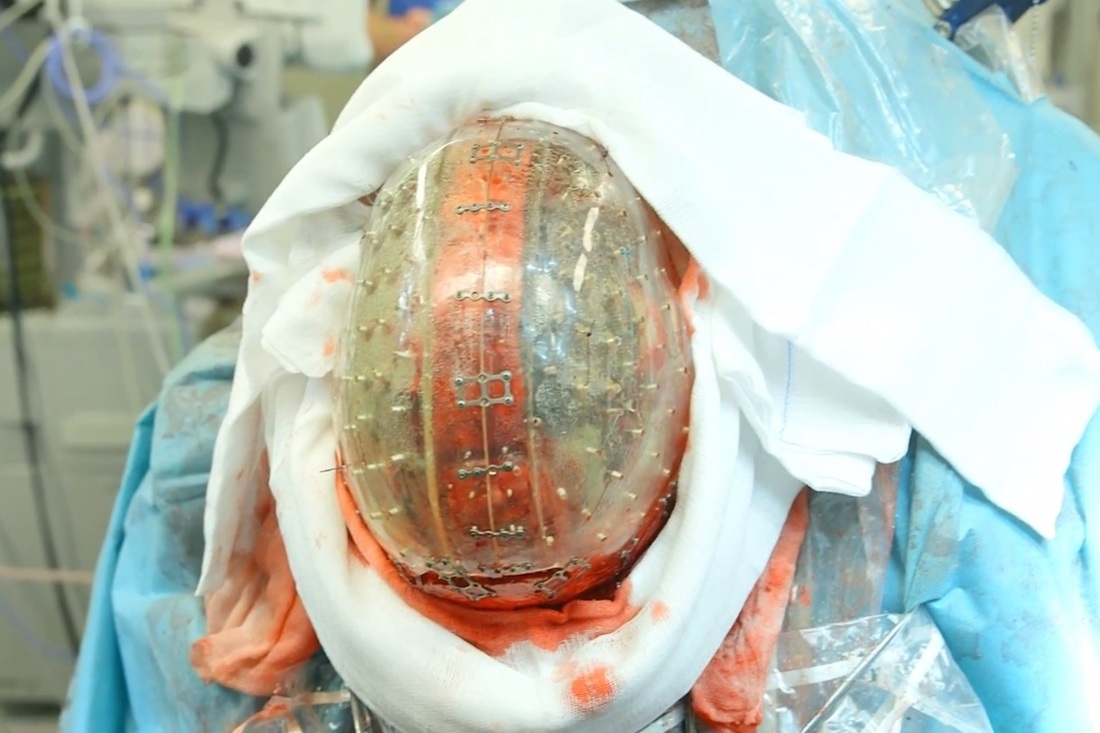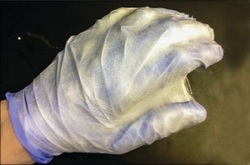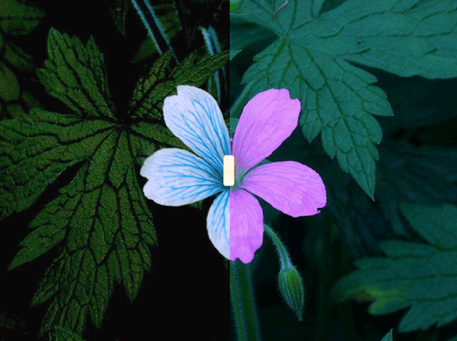The most familiar example is solid carbon dioxide, also known as dry ice. Liquid carbon dioxide needs much higher pressure than most other common substances. Under atmospheric pressure it will be a gas above -78.5C (-104.2F) and solid below that temperature. Take some solid carbon dioxide into a room and watch it go straight to gas (but careful, the extreme cold will “burn” you if you touch it).
The video above is what happens if a liquid is placed in conditions where the temperature is right at the point where it freezes and the gas pressure is removed. With no pressure it can't stay liquid, but it is right on the cusp between boiling and freezing, so it does a little of both. Going from liquid to gas absorbs energy, while liquid to solid changes release it. This can keep the process in balance - if too much material boils the temperature will fall, shifting the balance in favor of freezing.
Some coverage has wrongly described the video as showing the triple point. However, at the triple point gas, liquid and solid can all survive indefinitely. What we are seeing is what would happen anywhere along the dotted lines to the left of the on the graph below to the left of the triple point.
We don't see this sort of thing often because if we performed such an experiment in a closed environment the boiling gas would build up pressure, allowing the remaining material to stay liquid. In the vidoe that is addressed by constantly drawing off the vapor.
Read more at http://www.iflscience.com/chemistry/watch-water-boil-and-freeze-same-time#JbmfsFp4mjwEYoXy.99





 RSS Feed
RSS Feed
